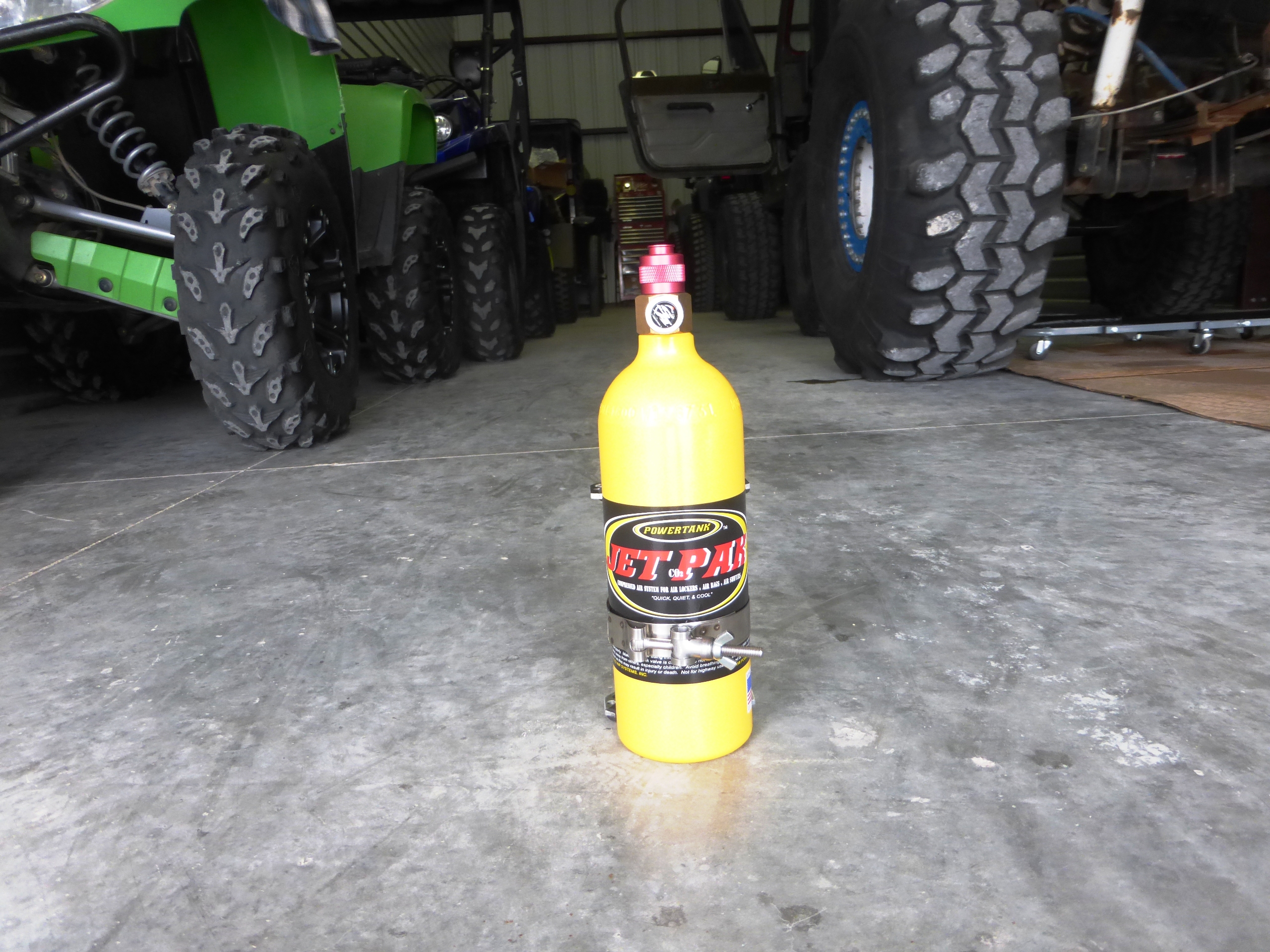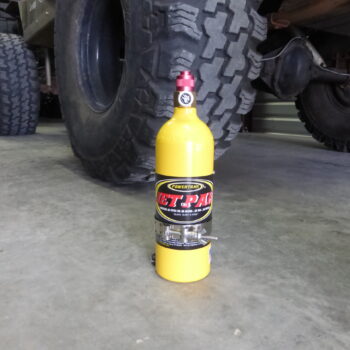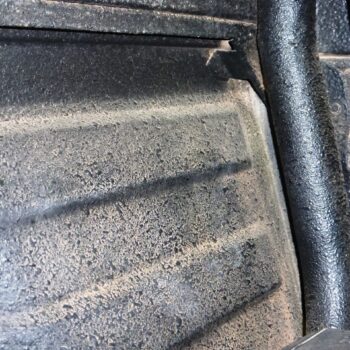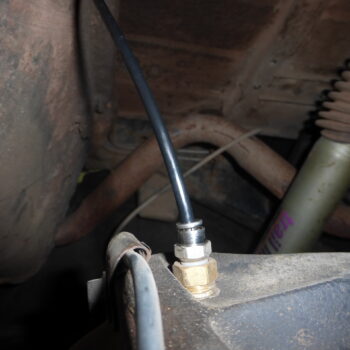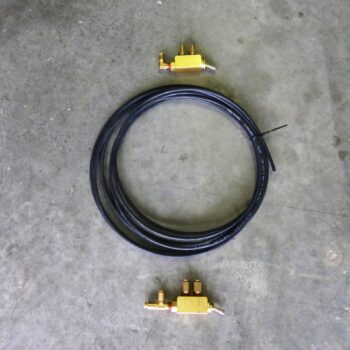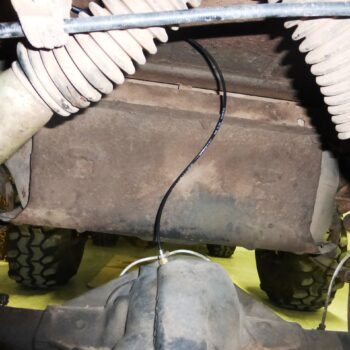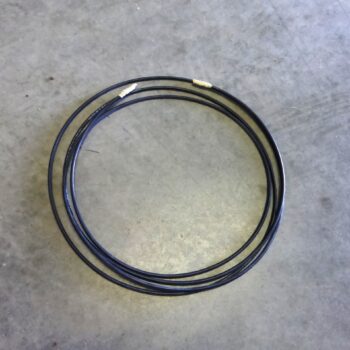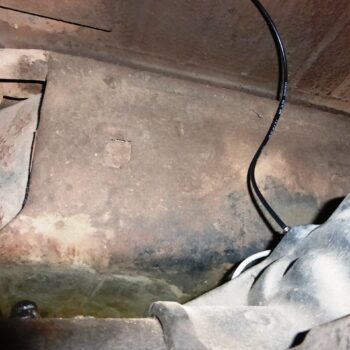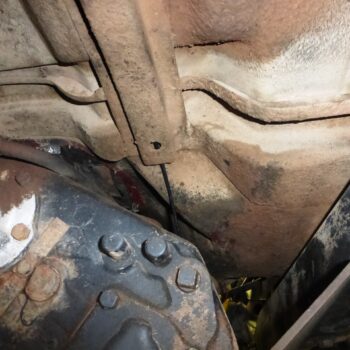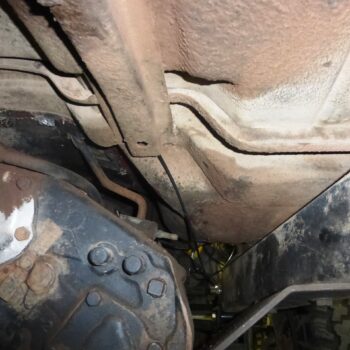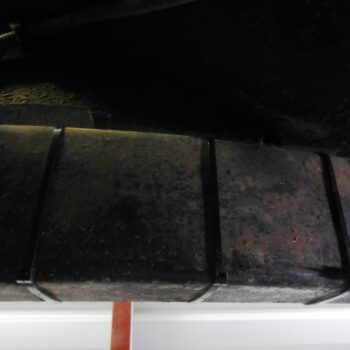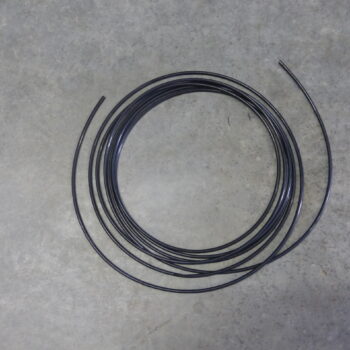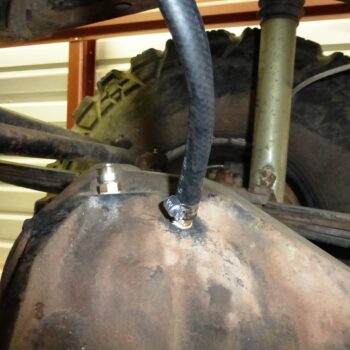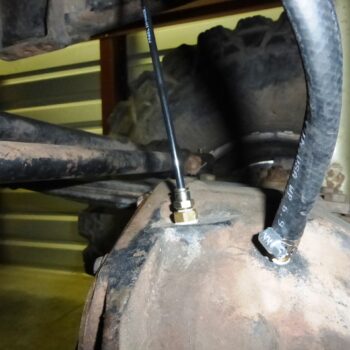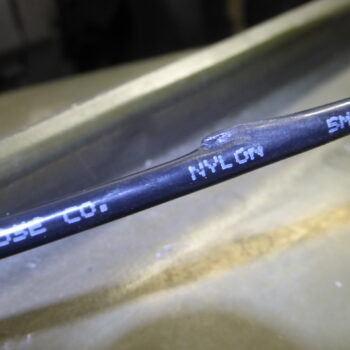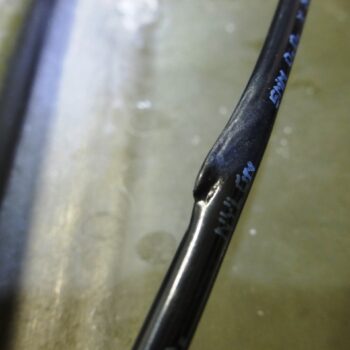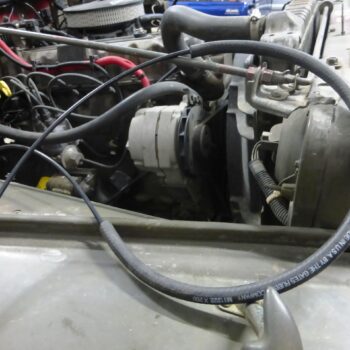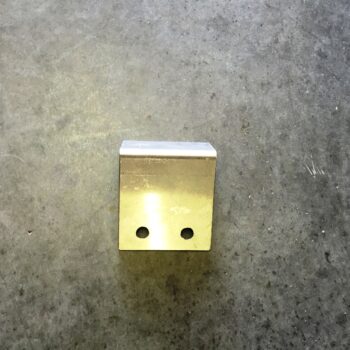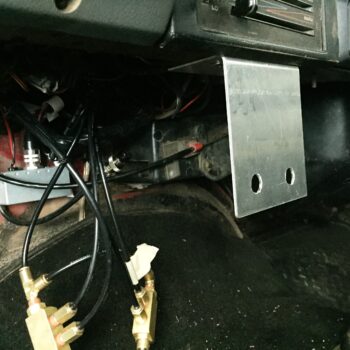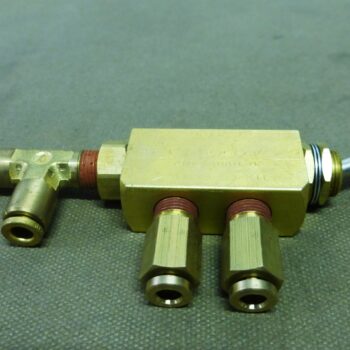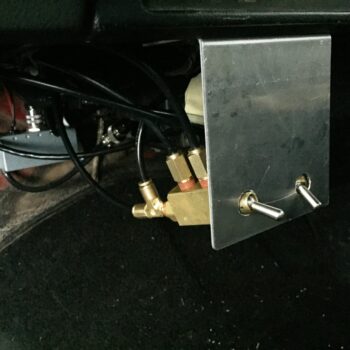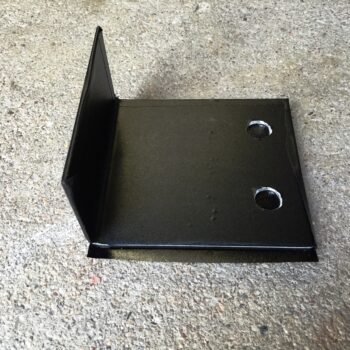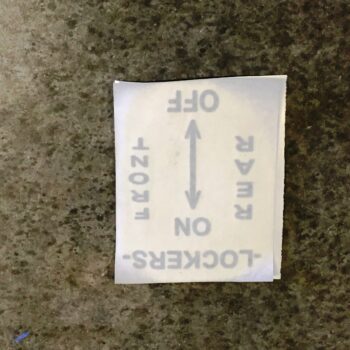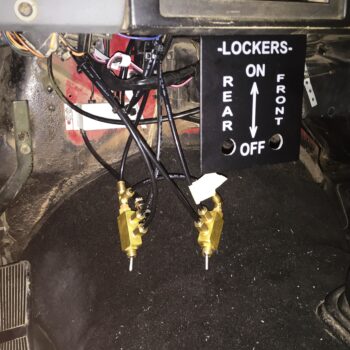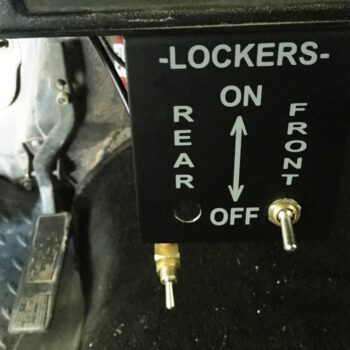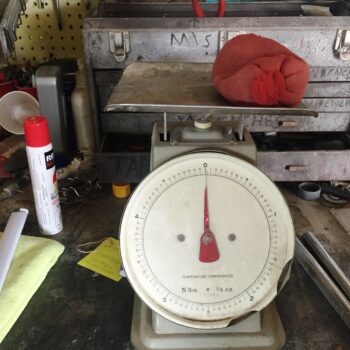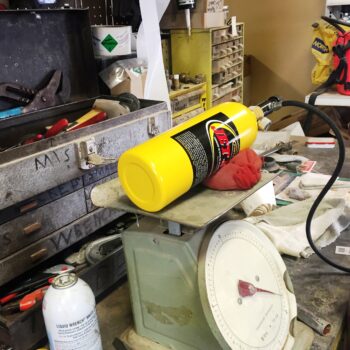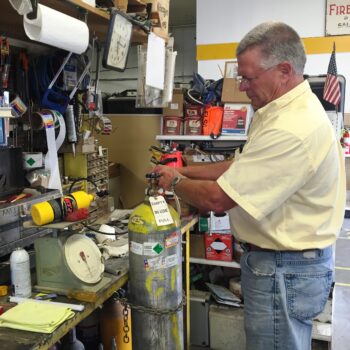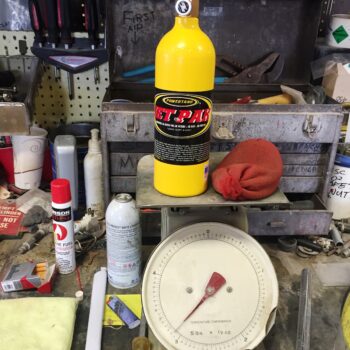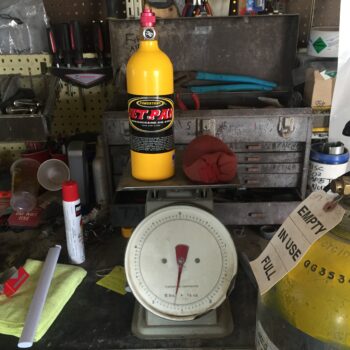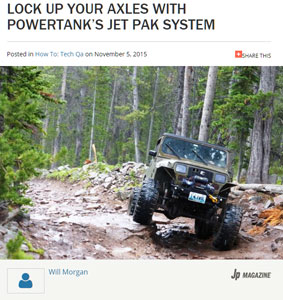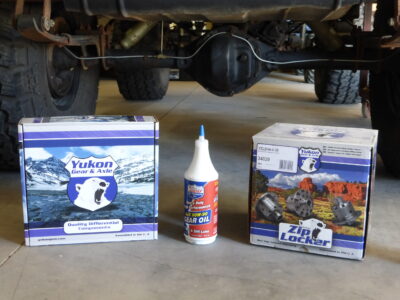I recently found myself in one of those “upgrade” situations with one of our older Jeep vehicles, a 1988 Wrangler. For close to twenty years we have made use of a spool in the rear and an automatic locker in the front. In that time I had wanted to swap to selectable lockers for multiple reasons but cost and time kept me from doing so. The biggest reason for considering the swap now more than ever, is because the Jeep sees regular, daily use. Over time I’d grown tired of listening to barking tires when turning corners, all of the added stress and wear to the other components because of the rear spool so it was finally time to pull the trigger and make the change.
There are a variety of options out there from automatic to electric as well as air lockers; the decision was finally made to go with the air option. Even though I’m not crazy about having to listen to a compressor every time I want to engage a locker, it seemed like the best choice for what we wanted and what our options were. After deciding which brand to go with there was yet another decision to make; the power source for engagement. One would think the obvious answer for powering air lockers would be a compressor but I had other thoughts. After some deliberating and having experience with the folks at Powertank, I decided to install their Jet Pak system as the sole source for powering the new lockers. This would eliminate the nuisance of listening to a compressor rattle every time I wanted to activate my lockers, provide more of an instantaneous activation and, eliminate one more component that can fail.
If you’re not familiar with Powertank or their products, they have a line of equipment that is based around CO2 technology. They have various size tanks that hold CO2 gas that can be used to fill up low tires after a day of wheeling, operate lockers, pneumatic air tools on the trail and many other uses. I have been using my 15lb tank on a regular basis in one of our other wheeling rigs and love it so I thought, why not try the Jet Pak as the source of air for the new lockers.
The installation was a pretty simple process; once the new lockers were installed it was just a matter of connecting the air lines. They needed to be routed in a fashion that would be free from excess heat, any moving parts or other obstructions that may damage the lines. The plan was to limit the equipment used so the odds of something failing would be minimized. Without a compressor there isn’t additional wiring so it is a matter of monitoring the bottles to ensure there will not be any issues powering the lockers when the time comes to engage them.
The air lines from each locker were routed into the passenger compartment and hooked to the pneumatic switches that control them. The routing needed to be not only protected, but also in a fashion that when the axles are flexed or at “full droop” there is enough air line to allow for that movement without pulling the line from the locker itself, rendering it inoperable.
Once the air lines were routed we fabricated a mounting bracket for the switches and connecting the lines to them. At first glance the switches may seem confusing but when you understand how they connect, it makes perfect sense. The “In” port on each switch is for the air source (either a compressor or in our case, the JET PAK). The “Out” port is for the air line that connects to and operates the locker. There are two other ports on each switch; one is simply a jumper that allows one switch to connect to the other. This connects the supply from the main air source so you don’t have to run separate air lines to each switch from the air source. The last is the “Exhaust” port which is nothing more than an air line to allow the used air from the locker to be evacuated. We ran a couple of short air lines from the switch into the engine compartment for that exhaust to be discharged. This allows the air to go somewhere other than in the cab and is much quieter than if we just left it in the passenger compartment.
The decision to go direct pneumatic for this project was twofold. First, I like to try new things that aren’t “what’s hot now” to see if they are in fact, better or worse. This will also provide firsthand experience which I can share with others as to why I do or do not recommend going a certain route based on my own experiences. Secondly, I don’t like listening to compressors while I wait for my lockers to engage. I’m an instant gratification type of person when it comes to certain things so when I’m relying on my equipment and lockers to get me out of a situation, I want immediate activation.
In the time we have been running this system for our front and rear lockers, we have been able to engage them several hundred times and we’ve only used about a third of the bottle to do it. With our spare bottle in tow we should be able to hit plenty of trails without having to worry about refilling our bottles for quite some time!

